by Amelia Quint
When I went to see The Witch, I wasn’t sure what to expect. Naturally, I was curious to find out if it was as scary as everyone said, but more than that — I wanted to know how it portrayed witches.
Having been a practicing witch for half a decade and a professional one in more recent years, I hoped the movie that had come so highly recommended by friends of various faiths would portray us as something more than just the monster of the week.
I’m happy to say that it did, and so much more.
Allow me to explain.
On the surface, what you have is a beautifully made horror film that is at once visually stunning and genuinely disturbing.
But despite the obvious concerns of infant sacrifice and general religiosity, The Witch is rich in folklore and got a surprising amount right about modern witchcraft.
In fact, appropriately weathered text flashes across the screen as the credits roll, noting how much of the dialogue was taken from primary sources. The movie dives deep into the heart of real witchery, drawing on some of the oldest magical mythos in North America and Great Britain.
These three themes appear again and again in today’s witchcraft, and are near and dear to the heart of true bad witches.
(Quick note: major spoilers ahead!)
1. Psychic attacks are real (and dangerous).
What struck me first about the witch’s spells were the authenticity of the symptoms in those cursed.
Some of them were outlandish or Judeo-Christian focused (i.e. forgetting the words to the Lord’s Prayer or being unable to speak the name of Jesus Christ), but on the whole they were remarkably — and at times unnervingly — correct.
The progression is classic: omens, becoming physically ill with no known medical cause, animals acting strangely around the victim, other people begin to notice that things are off.
Of course, nightmares are another common indicator. Many of the characters begin to experience bad dreams once the witch begins to work her magic.
As the movie goes on, it’s revealed that Thomasin may be more psychic — or at least aware that something magickal is at work — than originally thought, as her understanding of the attack grows.
The Witch also does an excellent job portraying the witch as shapeshifter.
We see the eponymous witch’s spirit take the form of her familiars (a hare and a raven) in order to draw the family deeper into her web.
In fact, she even makes a flying ointment in order to do so — although it’s likely safe to say that such ointments were not made with poisons of the wood instead of the blood of unbaptized children.
She is also a dreamwalker, using the practice of lucid dreaming to visit and change the family’s dreams into nightmares.
2. Witches love wild nature.
No matter what you call him, the Horned God has always been associated with witchcraft.
To the Greeks he was goat-headed Pan, god of revelry, drunkenness, and debauchery.
Known to some as the Stranger, he and his band of wild priestesses live in the wilderness, giving themselves over completely to the ecstasy of their animal urges.
During the Christianization of Europe, his cloven hooves and horns were attributed to another, more malignant spirit.
From this lineage comes Black Phillip, the goat through whom wild nature speaks. The youngest children speak to him with their nursery rhymes because, as the family’s patriarch says, they cannot control their “wild natures”.
Because they have not yet been conditioned by the society in which they live, they can hear the voice of the wilderness and answer when it calls.
It’s also worth noting that the land is a character unto itself, and is perhaps the most compelling and unforgiving one of all.
It has a sort of Eden-esk quality, especially as the children are forbidden to go into the wood — what knowledge lies within its shade?
On the other hand, the witches who gather within the wilderness have a natural familiarity with the land and an innate understanding of how to navigate the terrain as they join in naked revelry.
3. Sexuality is magic.
All witches know that the most potent aspect of wild nature is sexuality. Non-magical types know this too, and are many are frightened by it.
Perhaps that’s why during the Salem Witch Trials, femininity was Public Enemy #1 when it came to suspicion of trafficking with the Devil. The woman as sexually empowered was unthinkable, and would have been a sure sign you’d signed your name into Old Scratch’s book.
Early in the film, Thomasin’s mother notes that her daughter has “got the sign of her womanhood” — that is, she’s begun menstruating, thereby signaling her sexual maturity.
From that point forward, she’s viewed as dangerous, as also a potential witch.
However, the forest witch is the movie’s real femme fatale, appearing especially so to young Williams outside her cottage as she lures him in with a kiss.
As the witches gather for their sabbat, their ecstatic moans and groans hint at the pleasure of sex — after all, we all know how witches used to “ride their broomsticks”, anointing them with poisonous flying ointments before placing them between their legs.
The motto, “Would thou like to live deliciously?” takes on a new meaning in the light of the circle’s fire.
Whether or not you agree with the movie’s controversial (and at times graphic) content, it’s difficult to argue with its stunning cinematography and impressive attention to detail.
These are but a fraction of the homages to living witchcraft traditions in the film, though to the uninitiated they may be overshadowed by the story’s chilling plot.
Most of all, the movie’s central question of delicious living gets at the very core of modern witchery.
When you access your intuition, honor your wild nature, and embrace the magic of your sexuality, you align with the long lineage of witches who’ve gone before you, all the way back to the Burning Times and before.
Will you live deliciously? The choice is yours.
About the Author:
 Amelia Quint is an eternal spiritual seeker and citizen of the world. At The Midheaven, she writes in-depth art and pop culture astrology in the tradition of old occultism and mysticism. When she’s not divining, you can find her lighting candles, playing guitar, and wandering the haunted streets of South Carolina. You can also check her out on Twitter, Pinterest and Instagram. Amelia offers natal chart readings and astrology consultations.
Amelia Quint is an eternal spiritual seeker and citizen of the world. At The Midheaven, she writes in-depth art and pop culture astrology in the tradition of old occultism and mysticism. When she’s not divining, you can find her lighting candles, playing guitar, and wandering the haunted streets of South Carolina. You can also check her out on Twitter, Pinterest and Instagram. Amelia offers natal chart readings and astrology consultations.
featured image source
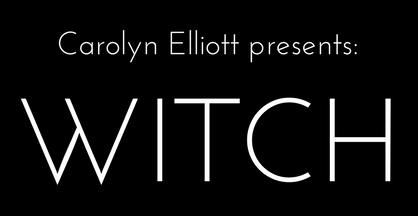

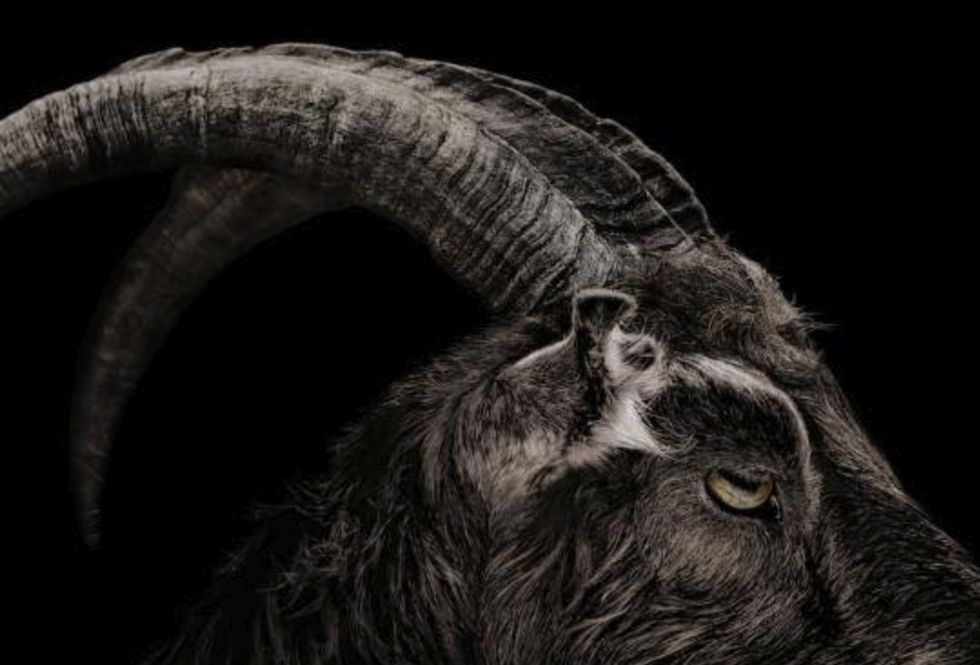

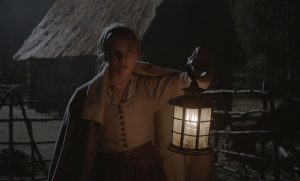
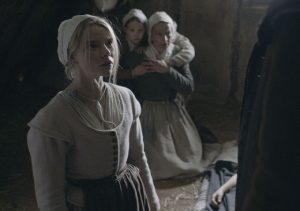


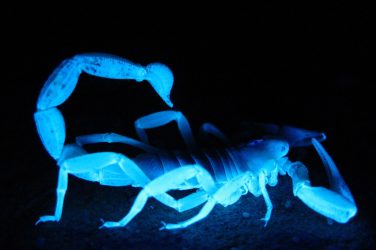
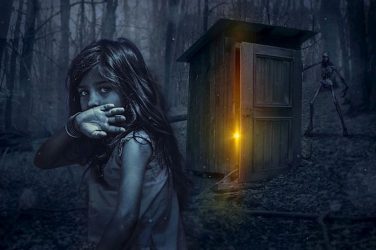
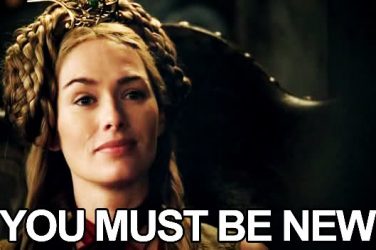
Show Comments (0)